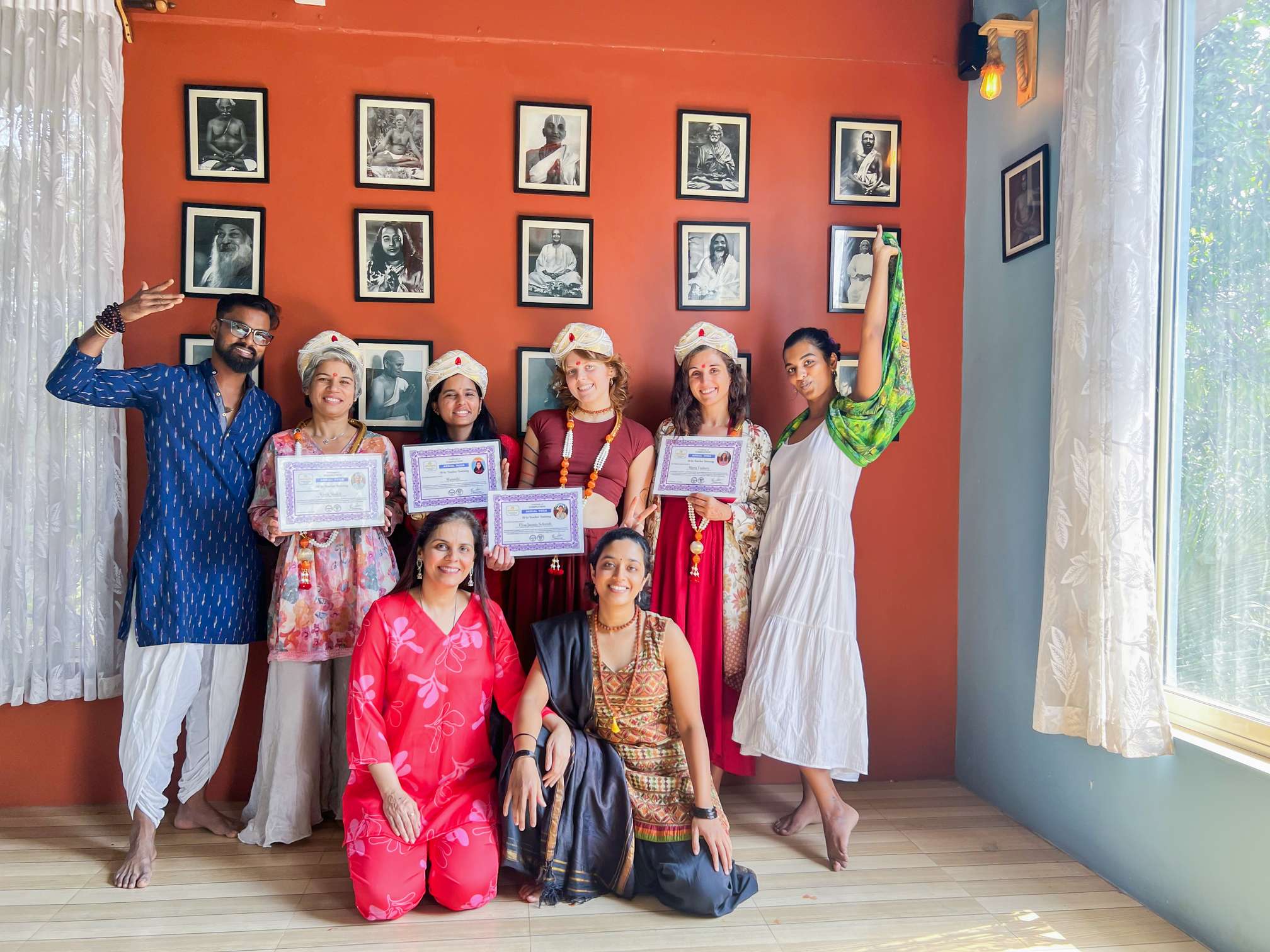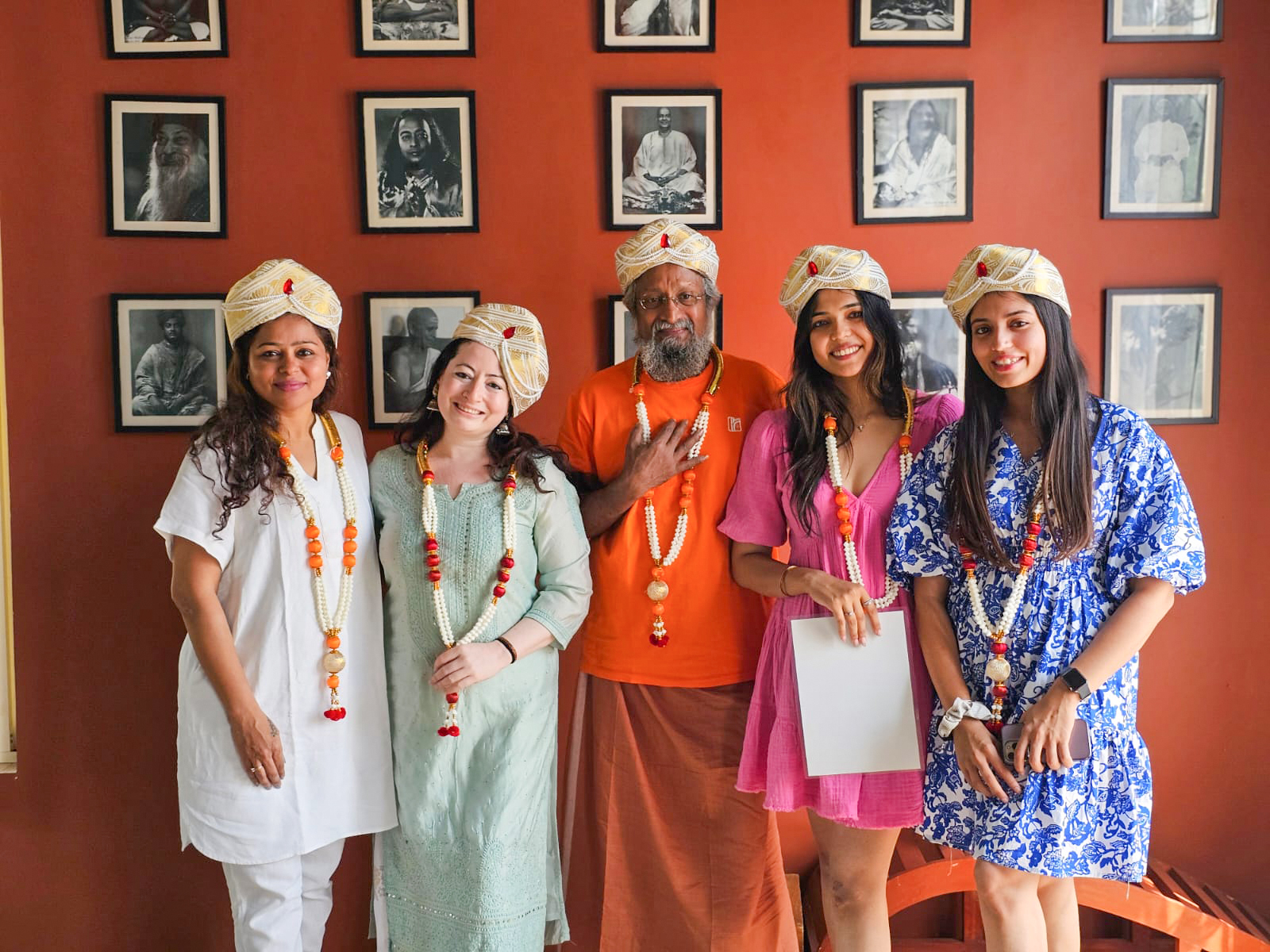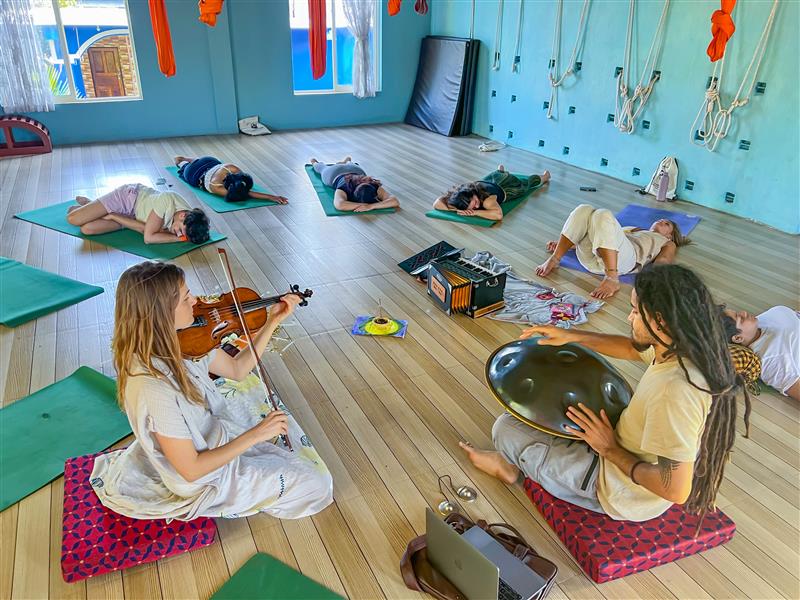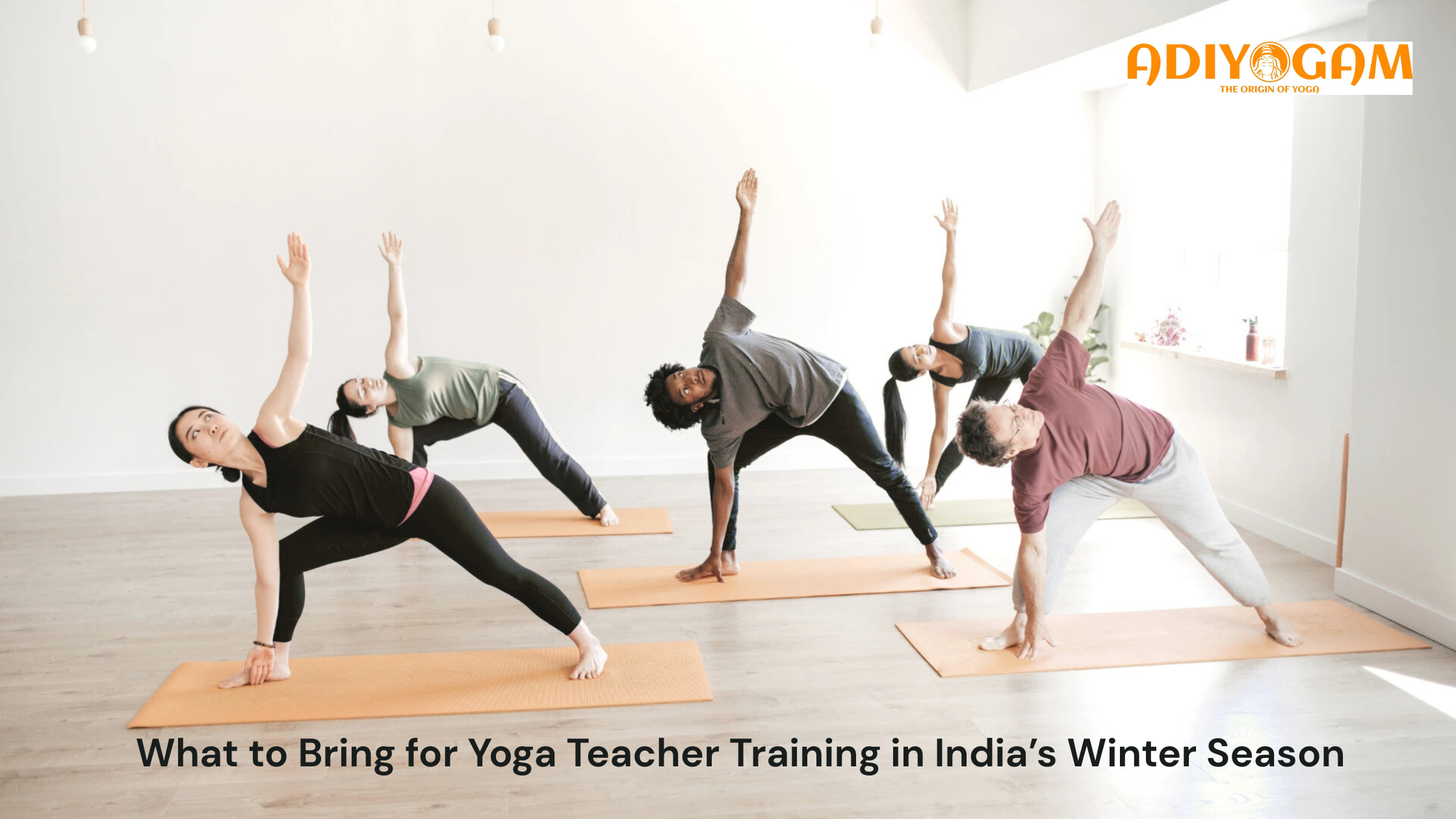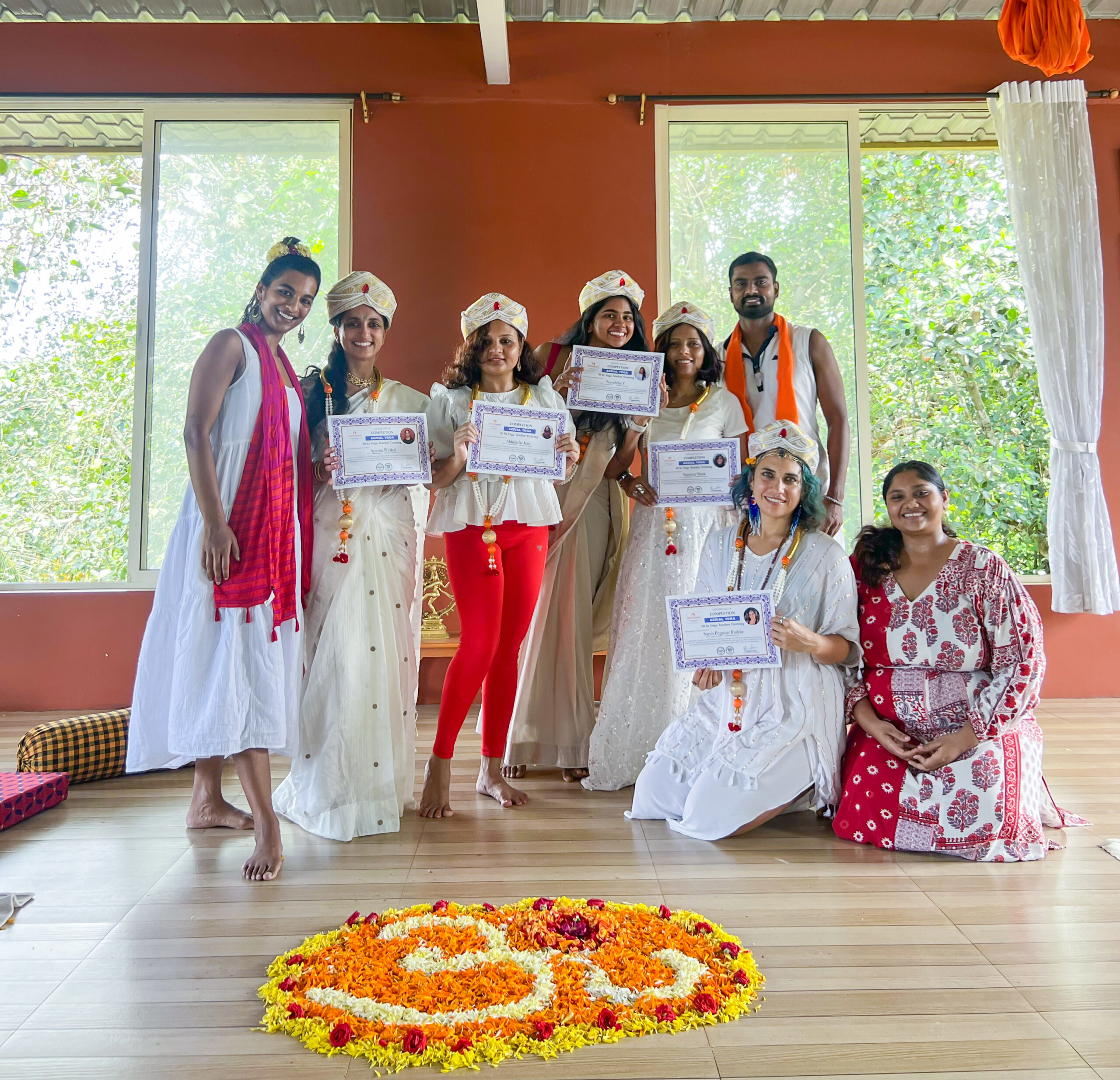Over the last decade Goa has become one of the top global destinations for yoga practitioners and Wellness seekers. People are traveling to Goa not only for enjoying their vacations, the tranquil beaches, vibrant nightlife and music festivals but also for dedicated yoga practice. Goa has become one of the most loved global destinations for transformation through immersive yoga teacher training programs.
Among many popular and acclaimed yoga schools based in Goa, the AdiYogam Yoga school in Goa based in Arambol in North Goa stands out. Here the students get a chance to not only learn authentic yoga and learn from the best, but also develop excellent professional skills along with inner calmness. This yoga school based on the serene beaches of the Arabian Sea invite students to gently unfold their mat and allow themselves to surrender to the rhythm and healing of nature. Whether you are someone who wants to become a certified yoga teacher or deepen your personal yoga journey or even enhance your spiritual practice AdiYogam offers a unique mix of traditional yoga education and healing with supportive environment which shall make your training both successful and therapeutic.
AdiYogam’s Integrated Approach to Yoga TTC
Variety in Styles of Yoga
AdiYogam offers variety in it’s yoga styles. You get the chance to choose from Hatha, Vinyasa, Ashtanga, Iyengar, Aerial and many more creative fusions that blend traditional yoga with the modern day requirements. As a student not only do you learn the authentic rituals of yoga but practice the style that resonates the most with you.
Yoga Philosophy
The Yoga teacher training course offered by this school includes yoga philosophy and values it to be an important aspect of the training. The reason being that AdiYogam offers an integrated Wellness approach which includes the physical practice of yogic postures along with understanding the why and how behind them. Students get a chance go through ancient yogic textbooks such as The Yoga Sutras of Patanjali, Yoga anatomy, Bhagavad Gita Etcetera.
Asana Practice
Asana practices perhaps is one of the most important aspects of the training. The faculty at AdiYogam teaches you the correct way of performing the asanas and the importance of alignment in it. The entire purpose of yoga is to heal the body when it is done correctly, but it can render negative effects if it is performed in an incorrect manner. So the asana practice at AdiYogam teaches you the right way of performing yoga and also to learn modifications as per the requirements of different body types.
Meditation
Meditation is a crucial aspect when it comes to yoga. Since yoga is not just a physical exercise it involves one to intertwine the mind body and soul. Meditation becomes important to calm the inner chaos and connect deeply with one’s own self. Guided meditations offered at the school allow the students a chance to gently unwind from the day and understand their self through meditation.
Pranayama
Pranayama also known as the yogic breath work is an important limb of yoga. Since the correct way of doing yoga involves performing the physical asanas intertwined with the breath work, Pranayama not only teaches one to observe and heal through their breath but also make Pranayama as a part of their day to day lives to see transformation in their yoga journey.
Teaching Methodology
The teaching methodology offered at this institute allows you to have the right knowledge, modification, learning patterns as well as develop the confidence to undertake yoga classes and design programs for people from varied age groups and backgrounds.
Feedback Sessions
Feedback sessions are an important part when it comes to reviewing your training. Such sessions not only give you the chance to understand where you lack and where you can develop, but also build your confidence and give you the taste of how your classes could look like and how you would perform as a teacher.
Satvik Meals
At AdiYogam the training prioritizes the overall Wellness of its students. The meals offered by the institute are designed on Ayurvedic notes so that it not only elevates your yoga practice but also heals your body, as food is treated as medicine in Ayurveda.
Learn from the Master- Bharat Ram ji
Getting attached with AdiYogam not only offers you the chance to experience authentic Indian rituals and teaching methodology, but also get trained from the yoga master Bharat Ram ji himself. Bharat Ram ji has grown up in India and has lived the yogic way of life. His wisdom is not only limited to the physical asanas and their alignment, but will allow you to experience therapy in your practice and learn how to cater to a diverse group of people with different needs and modification requirements. Bharat ji’s training has been done under expert yoga gurus across the country which makes him an expert in Hatha, Ashtanga, Vinyasa, and Iyengar Yoga and he holds decades of experience in guiding students.
Globally Recognized Certifications
AdiYogam is a certified yoga school in Goa which follows the Yoga Alliance standards. This means that once you are graduated from your teacher training course you are eligible to register as a RYT 250 or an RYT 200 Yoga Instructor. You can not only gain the knowledge and confidence to conduct specialized programs and meaningful classes, but you also get the opportunity to teach on a global stage in various formats online and offline. Such as Wellness retreats, yoga spas, yoga teacher training schools, become lifestyle coach, get attached with resorts that offer beachside Wellness programs and much more.
Why Should You Join for Training with AdiYogam
- Get acquainted with authentic yoga lineage
- Teaching in small and efficient batches
- Healing in the arms of nature
- Inclusive and supportive community
- Gain practical teaching experience
Conclusion
Whether you are a beginner in yoga a regular practitioner or someone who is genuinely curious about what a yoga teacher training could feel like enrolling with AdiYogam School of Yoga for your yoga teacher training in Goa can be a transformative journey and also help you establish a niche for yourself in your career.


